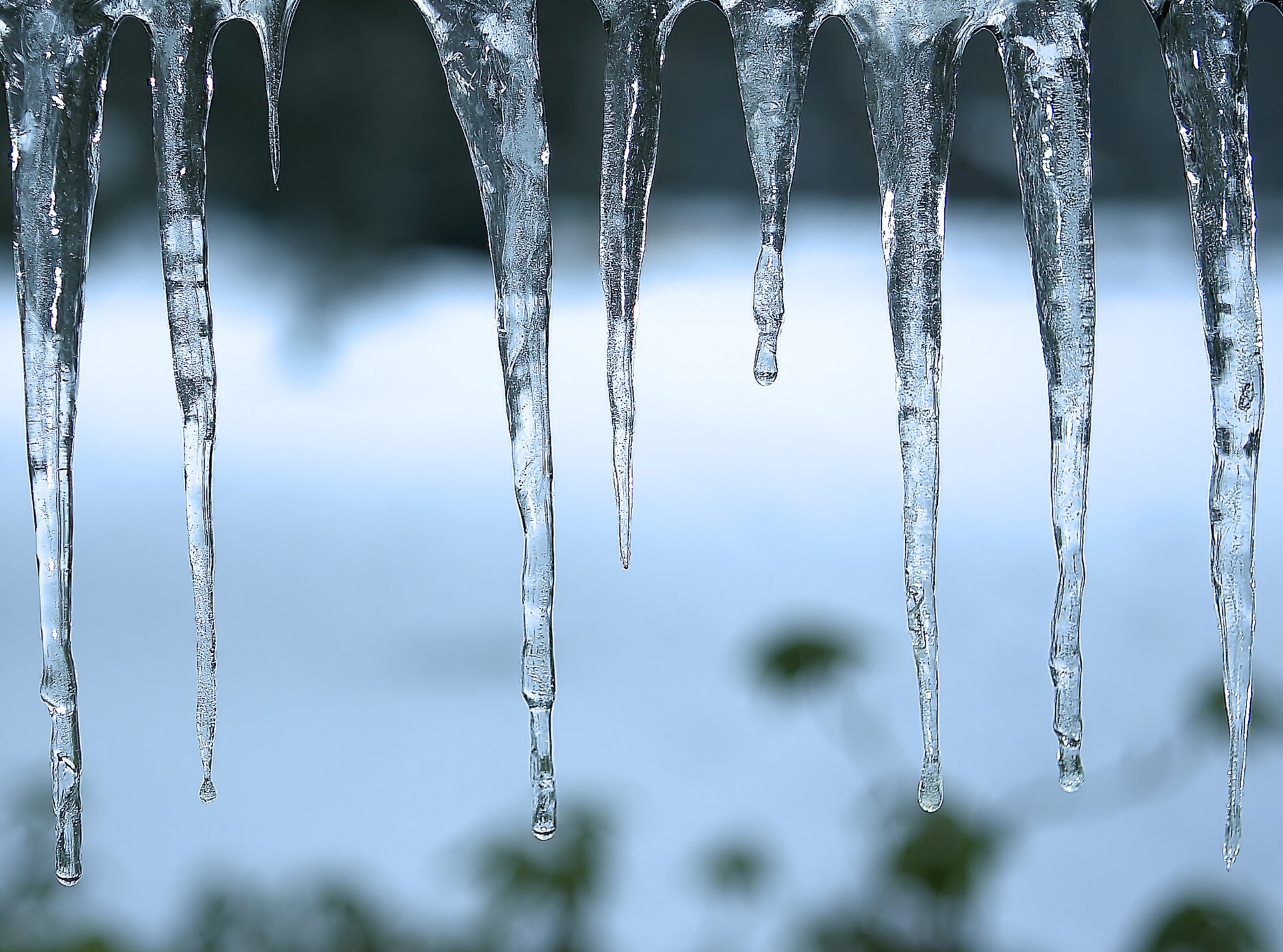Useful information
Prime News delivers timely, accurate news and insights on global events, politics, business, and technology
Useful information
Prime News delivers timely, accurate news and insights on global events, politics, business, and technology

Even as the weather warms, the cold is becoming a more deadly threat to Americans. New research this month shows that cold-related deaths have increased significantly in the U.S. over the past two decades.
Researchers at Harvard Medical School conducted the study, which aimed to better count deaths caused by cold temperatures in the U.S. They found that the country’s cold-related death rate has more than doubled since the end of the 1990s, and deaths have increased especially in recent years. Researchers say important risk factors for the increase in deaths likely include extreme weather events related to climate change, homelessness and social isolation.
Extreme temperatures at both ends of the thermometer can be life-threatening. While recent research has shown that heat-related deaths have increased in recent decades, cold weather tends to be deadlier overall. A 2021 study found that the cold was responsible for about three-quarters of extreme temperature deaths worldwide in 2019, for example (there were an estimated 1.7 million total deaths that year).
The Harvard researchers note that cold-related deaths in the U.S. have been only minimally studied and little is known about how this burden has changed over time. To address this knowledge gap, they analyzed death certificate data collected by the Centers for Disease Control and Prevention, focusing specifically on deaths in which cold weather was recorded as an underlying or contributing cause.
Between 1999 and 2022, there were just over 40,000 cold-related deaths in the U.S., researchers found. After adjusting for age, they found that the death rate had increased from 0.44 cold-related deaths per 100,000 people in 1999 to 0.92 deaths per 100,000 people in 2022. Much of this jump was the result of a significant annual increase in deaths between 2017 and 2022. The team’s findings were published this month in the magazine JAMA.
“There has been a legitimate focus on heat-related deaths given the undeniable nature of global warming,” the study’s lead author, Rishi Wadhera, a cardiologist and public health researcher at Harvard, told Gizmodo in an email. “However, our study findings serve as a striking reminder that cold-related deaths also remain a major public health problem.”
While their study is not designed to identify any specific reason for this increase, Wadhera and his colleagues do highlight some possible factors.
Climate change is known to increase the risk of warm temperatures and cold extreme weather eventsFor example. But it’s also likely that more Americans are at greater risk of being left out today than ever before, particularly people with unstable living situations, Wadhera says.
“For example, we know that the number of unsheltered people in the United States has increased in recent years; this is a population that is more exposed to outside weather, including cold snaps,” he said.
Homelessness levels in the US have increased overall since 2016 (the early years of the Covid-19 pandemic were a notable exceptionthanks in part to generous aid programs). In 2023, chronic homelessness surpassed record numbers set in 2007, when modern data collection efforts began, according to the Department of Housing and Urban Development (its report this year has not yet been released). Substance use and social isolation can also increase people’s risk of being exposed to unsafe conditions, including temperature.
Certain trends emerged in the team’s data that showed who was most vulnerable to cold-related deaths. Regionally, the death rate was highest in the Midwest, where winters can be especially brutal, for example. The highest death rates among racial and ethnic groups were seen among Native Americans and African Americans, respectively, and the highest death rate by age was seen in people over 75 years of age.
The authors say more research is needed to find out exactly why cold-related deaths have increased. At the same time, there are already measures that policymakers can and should take to prevent these tragic losses of life, such as ensuring vulnerable populations live in homes with reliable indoor heating or expanding access to heating centers.
“Our findings should raise awareness that injury and death are possible from exposure to cold weather, especially for older populations who are in healthier conditions, unsheltered people who are more exposed to outdoor weather, and populations low-income people who may not have access to adequate indoor heating care,” Wadhera said.